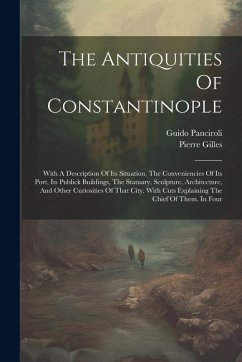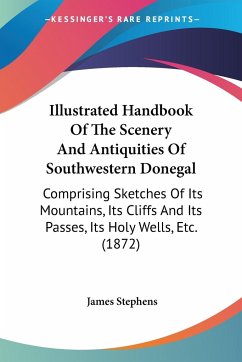First published in 1729, The Antiquities of Constantinople is a landmark work of historical and architectural scholarship. With detailed descriptions, illustrations, and analysis of some of the most significant and awe-inspiring structures of the Eastern Roman Empire, Panciroli and Gilles capture the grandeur and complexity of one of the world's greatest cities. This work has been selected by scholars as being culturally important, and is part of the knowledge base of civilization as we know it. This work is in the "public domain in the United States of America, and possibly other nations. Within the United States, you may freely copy and distribute this work, as no entity (individual or corporate) has a copyright on the body of the work. Scholars believe, and we concur, that this work is important enough to be preserved, reproduced, and made generally available to the public. We appreciate your support of the preservation process, and thank you for being an important part of keeping this knowledge alive and relevant.
Hinweis: Dieser Artikel kann nur an eine deutsche Lieferadresse ausgeliefert werden.
Hinweis: Dieser Artikel kann nur an eine deutsche Lieferadresse ausgeliefert werden.








